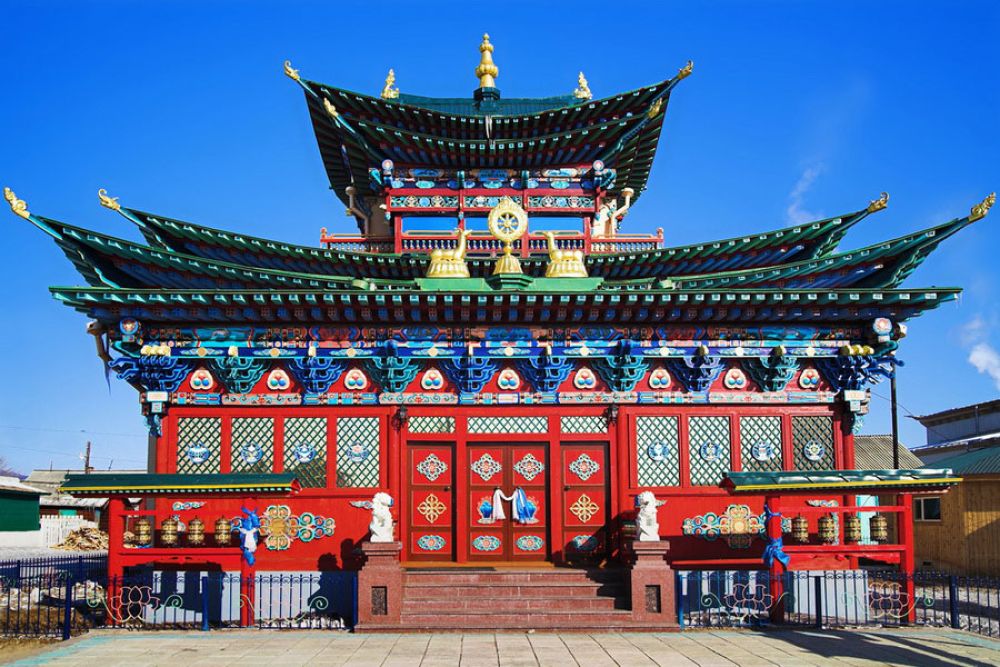

Ulan Ude, the capital city of the Republic of Buryatia, Russia, may not be as well-known as some other tourist destinations, but it has a rich history and a unique cultural heritage that have been attracting travelers for decades. Its proximity to Lake Baikal, the deepest and oldest freshwater lake in the world, has also helped to put Ulan Ude on the map for tourists seeking the natural beauty of Siberia.
The history of tourism in Ulan Ude can be traced back to the early 20th century when the Trans-Siberian Railway was completed. This engineering marvel, connecting Moscow with the Russian Far East, brought an influx of travelers through the region. Ulan Ude, established as a Cossack settlement in 1666, started gaining recognition as a cultural and economic center and became a stop worth exploring for those traveling the railway.
During the Soviet era, Ulan Ude saw significant growth which also brought about some development in the state-managed tourism sector. The Soviet government promoted domestic tourism, which led to a modest increase in visitors to the Buryatia region. Travelers were drawn to local attractions, such as the Ivolginsky Datsan—the center of Buddhism in Russia—and the History Museum of Buryatia, showcasing the region's rich history and culture.
After the fall of the Soviet Union, Ulan Ude saw a gradual rise in international tourism. People became more curious about the once-restricted Soviet states. Ulan Ude's appeal was its ethnic diversity and traditions, which includes the Buryat people, closely related to Mongolians, and their unique Buddhist heritage. Growing interest in indigenous cultures and sustainable tourism also brought more visitors to the region.
In recent years, Ulan Ude has begun to embrace its potential as a tourist destination. Efforts have been made to improve infrastructure and promote the city’s attractions, such as the grand Lenin head statue, one of the largest in the world, and the picturesque Uda River that flows through the city. The annual Nadaam Festival, featuring traditional Buryat wrestling, horse racing, and archery, also contributes to its growing tourism industry.
Current tourism trends in Ulan Ude reflect a wider interest in experiential and adventure travel. Travelers are looking for authentic experiences and opportunities to engage with local cultures and environments. There is a surge in popularity for homestays with Buryat families, guided tours to explore the old merchant houses in Ulan Ude's historical center, and eco-tours around Lake Baikal and the Siberian taiga.
Eco-tourism is particularly prominent, with an emphasis on sustainable practices and responsible travel to protect Lake Baikal’s unique ecosystem and the surrounding landscapes. Another growing trend is the integration of digital technologies in travel, with an increasing number of virtual tours and online resources helping to promote Ulan Ude's attractions.
The history and development of tourism in Ulan Ude are chapters of an evolving story. From a stop on the Trans-Siberian Railway to a destination celebrated for its unique cultural fabric and natural beauty, Ulan Ude has come a long way. As global travel continues to evolve, so will the city's offerings—balancing preservation of heritage with new, sustainable ways to welcome the world.